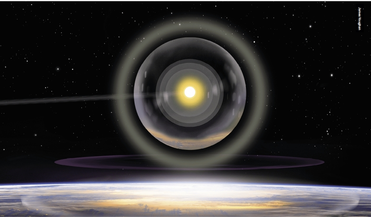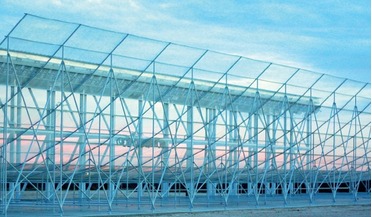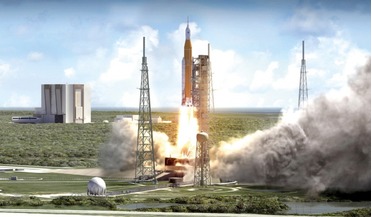 April 2021
Space wars - how they start and how to end them
April 2021
Space wars - how they start and how to end them
... in the near future, and naturally this has a knock-on effect for space warfare (the diagram at the foot of page 62 illustrates the complexity of the military space infrastructure and the difficulties in defending it from multiple avenues of attack...
 21 May 2018
UK proposes ambitious national defence space strategy
21 May 2018
UK proposes ambitious national defence space strategy
... Air Staff, Air Chief Marshal Sir Stephen Hiller, said: "I am determined to ensure that the RAF's leadership of military space operations transforms our ability to address the growing threats and hazards. In doing this, it is essential that we work...
 January 2023
Original Sin - Power, Technology and War in Outer Space
January 2023
Original Sin - Power, Technology and War in Outer Space
... satellite and Moon races of the 1950s and 1960s were in part deliberate covers for developing essential military space technologies such as more capable missiles, nuclear warheads, and spy satellites. Professional communities refer to the civil...
 September 2016
URBOCOP: saving planet Earth
September 2016
URBOCOP: saving planet Earth
... debris problem changes from being passive to aggressive In seeking ways to protect Earth from military and non-military space danger I see international integration as a key factor that will help ensure mutual safety, and I am not just ...
 May 2017
Will international space law struggle to remain relevant?
May 2017
Will international space law struggle to remain relevant?
... would this coalesce with those laws that would apply to more traditional forms of spaceflight? United States’ military Space Based Infrared System (SBIRS) spacecraft in support of missile early warning, missile defence, battlespace awareness, and...
 July 2019
Lessons from our first race to the Moon
July 2019
Lessons from our first race to the Moon
... Moon but failed to find the necessary funding. He also persuaded the military to allow him to develop a heavy-lift launcher with various exotic military space missions in mind (anti-satellite weapons, for example) but this had only...